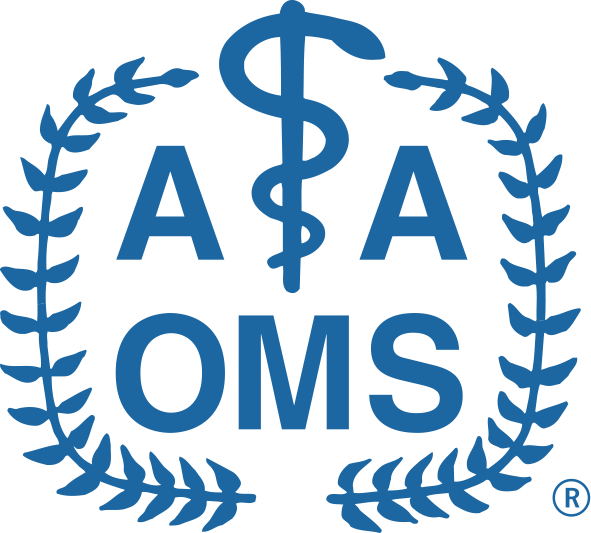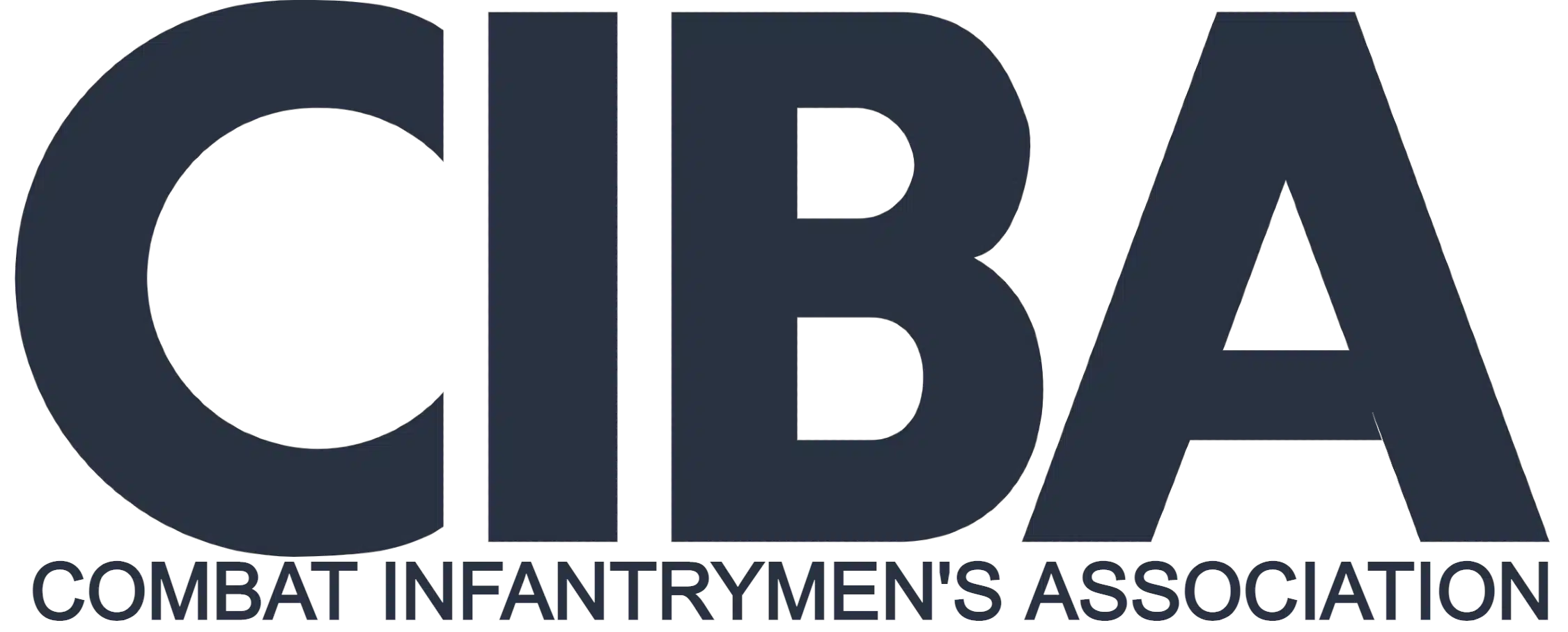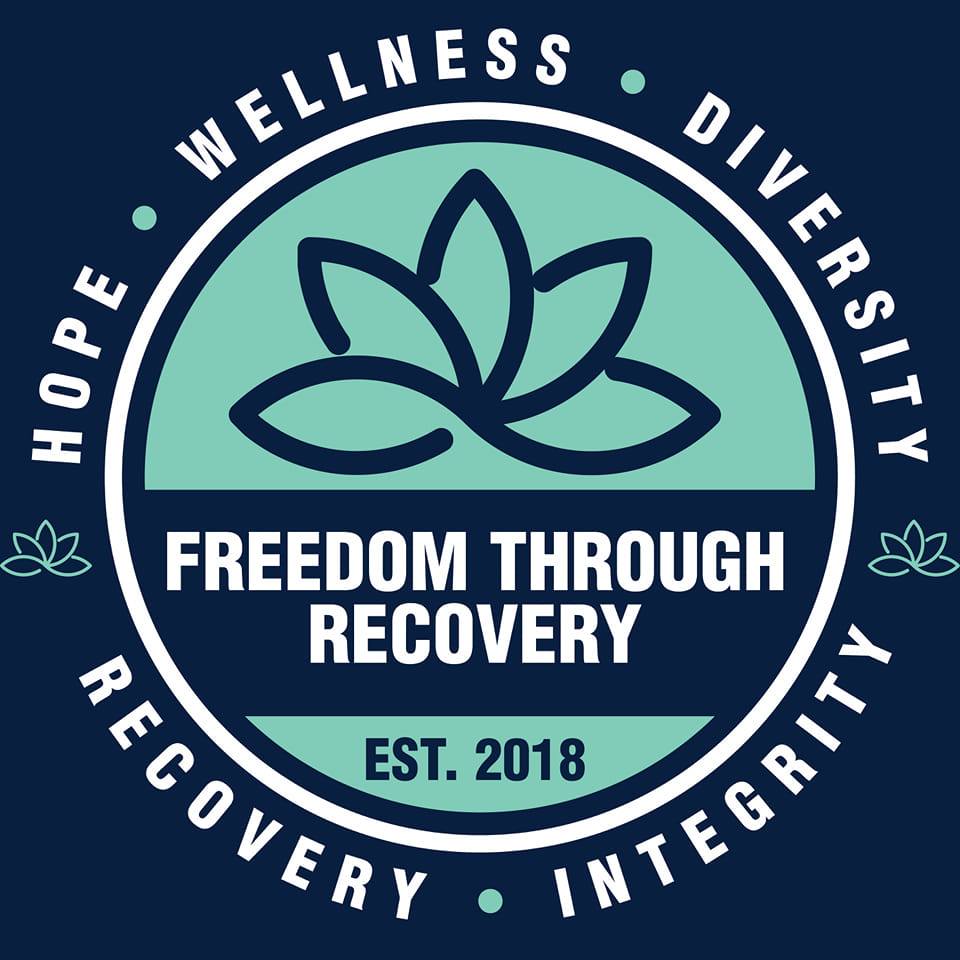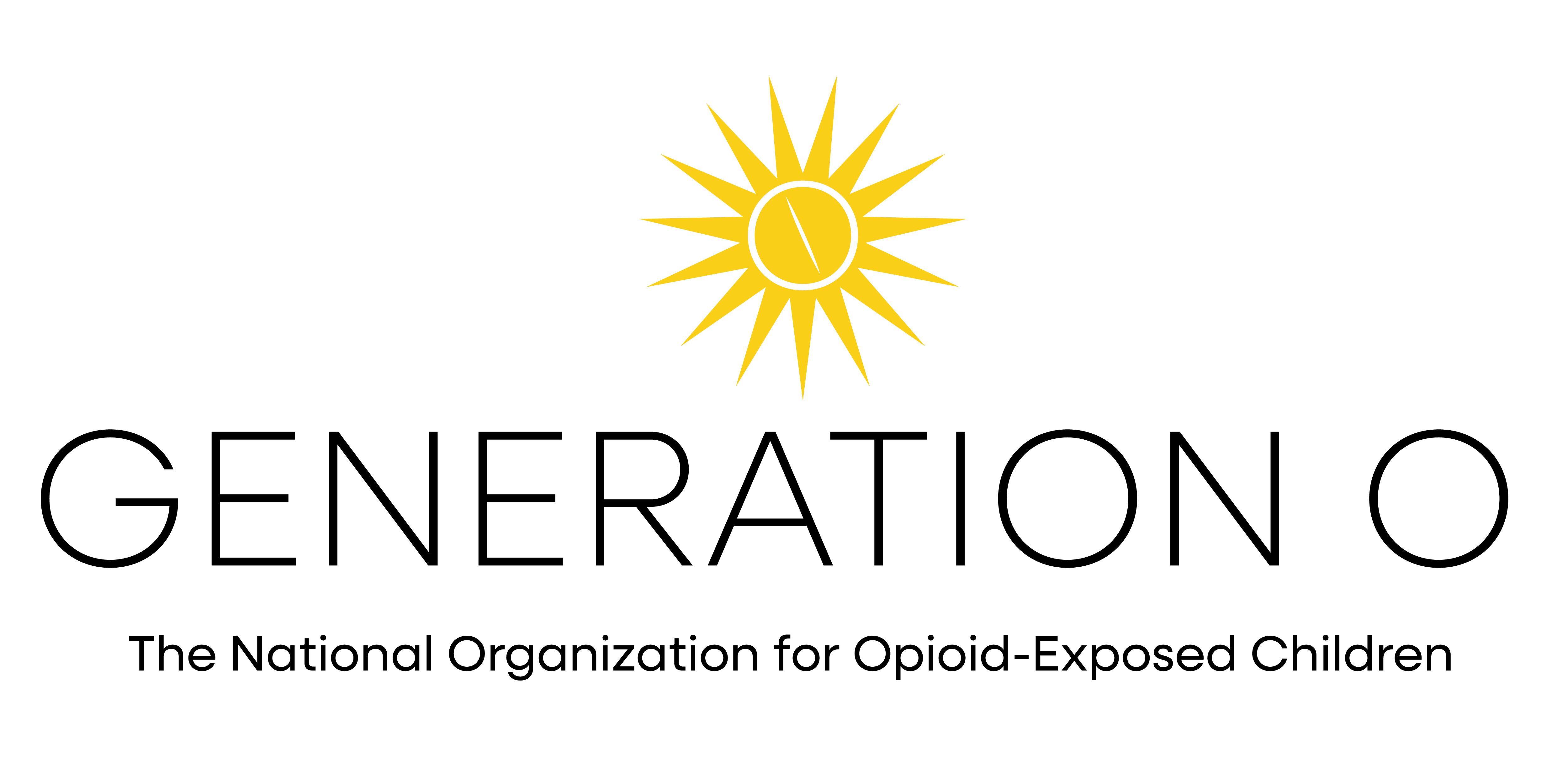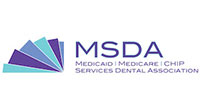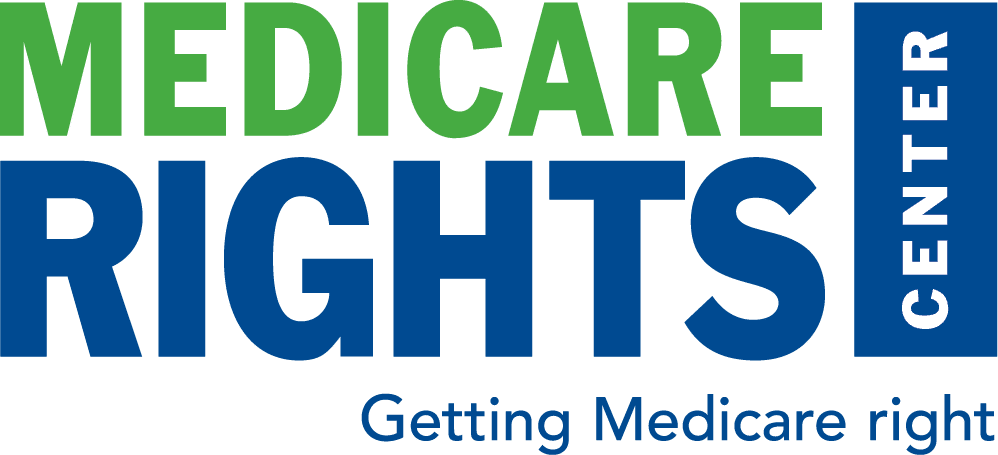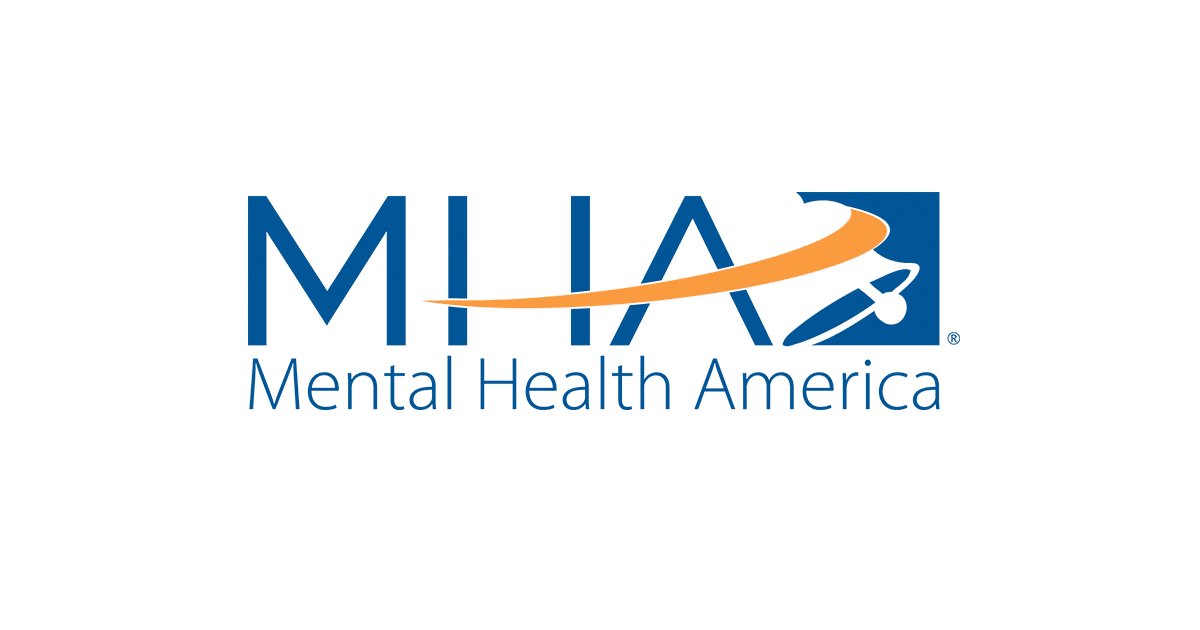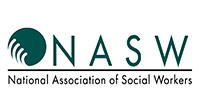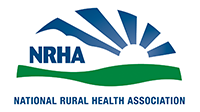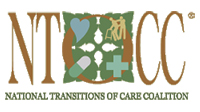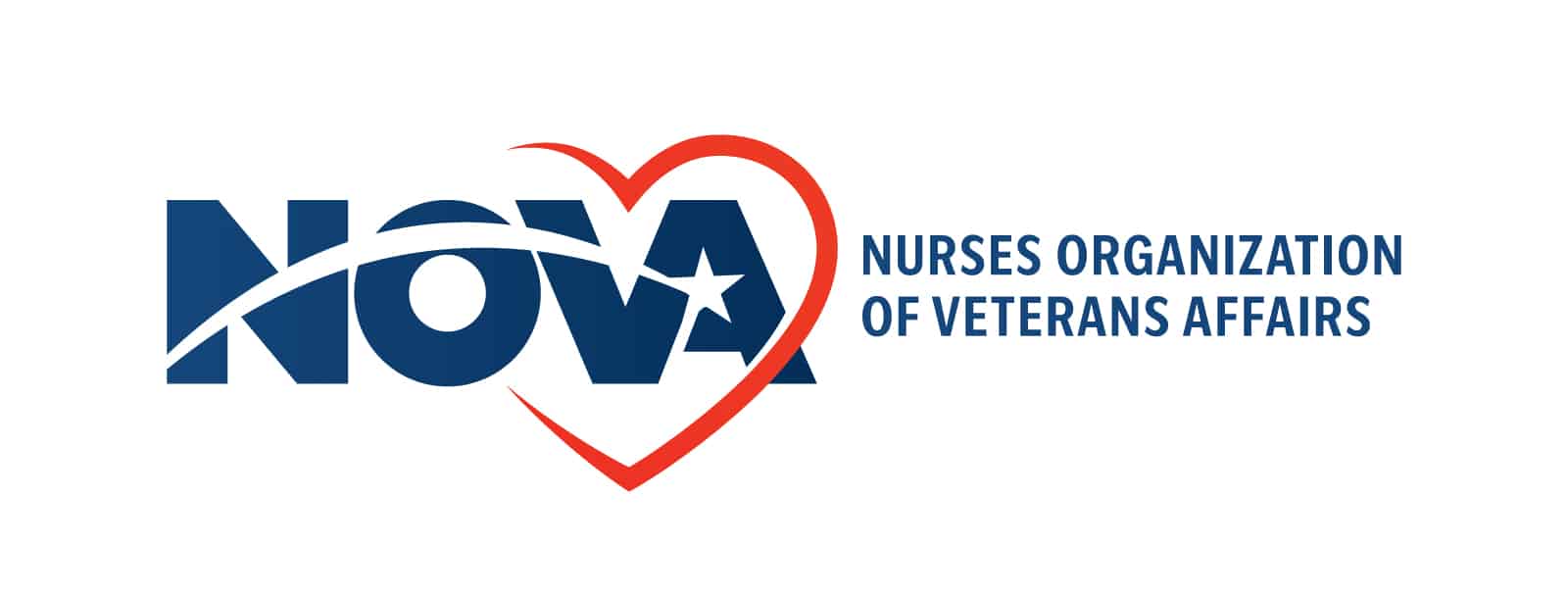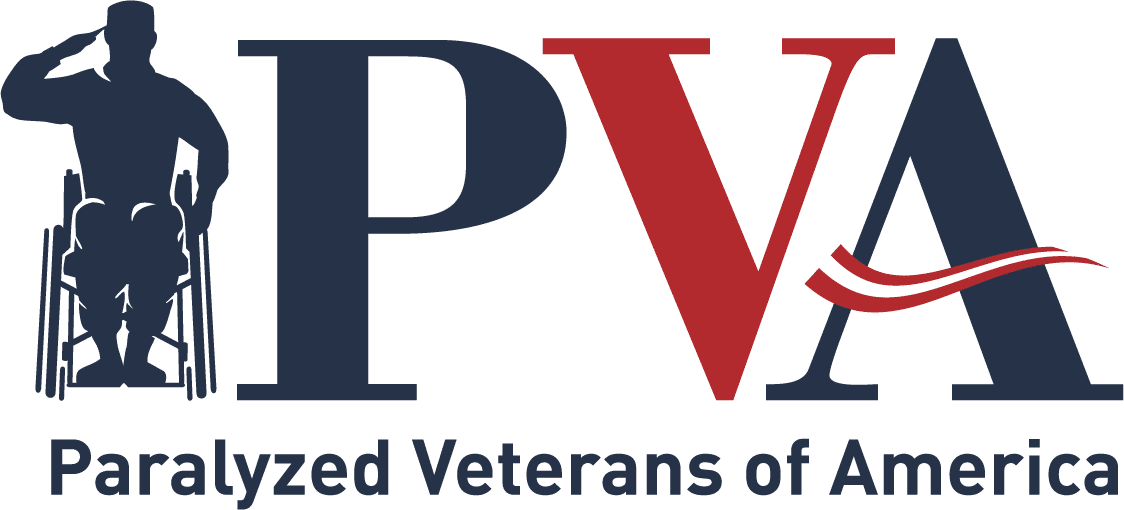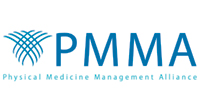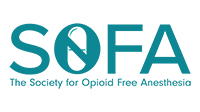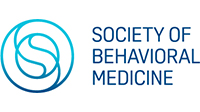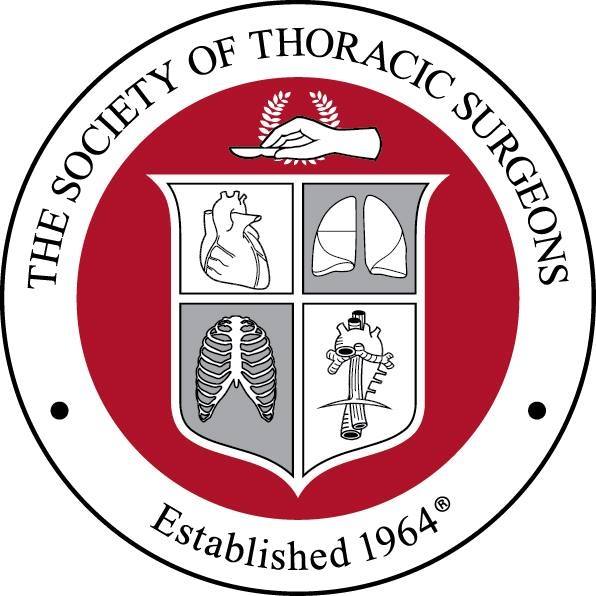

Georgia
State Facts
Deaths or 62.9% of total overdose deaths involved opioids in 2024.1
Claims or 4.8% of all Medicare Part D claims were for opioids in 2022 – an average of 65 per prescriber.2
Opioid Prescriptions were written for every 100 persons in Georgia in 2023.3
Estimated excess cost to Georgia Medicaid for OUD in 2022.4
Opioid Settlement Funds
National approved use: providing support for non-opioid pain treatment alternatives, including training providers to offer or refer to multi-modal, evidence-informed treatment of pain.
Co-Sponsors (119th)

Sen. Raphael Warnock (D-GA)

Sen. Jon Ossoff (D-GA)

Rep. Austin Scott (R-GA-8)

Rep. Buddy Carter (R-GA-1)
2024 Passed Relevant Legislation
H.R. 1360
Establishes a “House Study Committee on Alternatives to Opioids for Pain Management” to examine issues related to opioid alternatives. The committee will explore topics such as the limited number of states with statutory requirements for prescribers to consider non-opioid options and the importance of educating providers and patients about these alternatives.
Effective date
12/24/20242025 Introduced Relevant Legislation
HB 326
This bill requires Georgia’s State Health Benefit Plan to cover approved non-opioid pain medications equally to opioid medications. It ensures equal treatment when it comes to things like deductibles, copays, coverage limits, and other insurance requirements.
Introduced
07/02/2025Plan Impact
State Employee Health PlanVoices Letters
Alternatives to PAIN Sign-On Letter to the Georgia Congressional Delegation
Testimony
Georgia House Study Committee Testimony
Opioid State Action Network Testimony
1. Centers for Disease Control and Prevention (2024). SUDORS Dashboard: Fatal Drug Overdose Data. https://www.cdc.gov/overdose-prevention/data-research/facts-stats/sudors-dashboard-fatal-overdose-data.html
2. Center for Disease Control and Prevention (2024). Opioid Dispensing Rate Maps. https://www.cdc.gov/overdose-prevention/data-research/facts-stats/opioid-dispensing-rate-maps.html
3. Centers for Disease Control and Prevention (2024). Medicare Part D Opioid Prescribing Mapping Tool. https://cms-oeda.maps.arcgis.com/apps/MapSeries/index.html?appid=5390718d875d4c049b1ac5976a9ff083
4. Health Management Associates (2025). Opioid Use Disorder in the Medicaid Fee-For-Service Program Economic Analysis. Opioid-Use-Disorder-Economic-Impact-on-Medicaid-Program-073125.pdf










